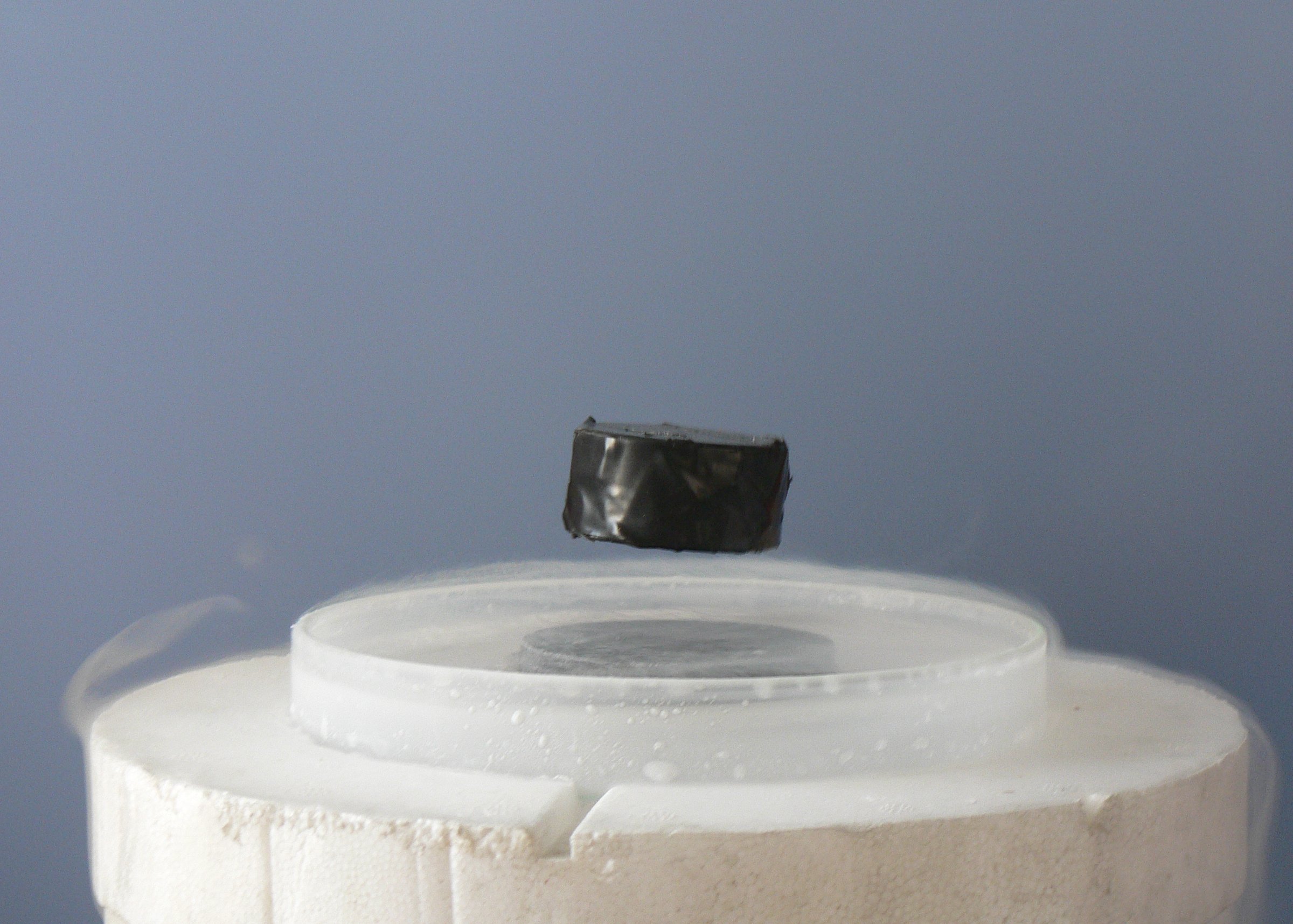
Photo from academic.microsoft.com
We show that the critical temperature of the ferromagnetic phase transition in a quasi-two-dimensional hole gas confined in a diluted magnetic semiconductor quantum well strongly depends on the hole chemical… Click to show full abstract
We show that the critical temperature of the ferromagnetic phase transition in a quasi-two-dimensional hole gas confined in a diluted magnetic semiconductor quantum well strongly depends on the hole chemical potential and hole density. Significant variations of the Curie temperature occur close to the Lifshitz topological transition points, where the hole Fermi surface acquires additional components of topological connectivity due to the filling of excited size-quantization subbands. The model calculations demonstrate that the Curie temperature can be doubled by a weak variation of the gate voltage for a CdMnTe/CdMgTe quantum-well-based device.
Journal Title: Physical Review B
Year Published: 2017
Link to full text (if available)
Share on Social Media: Sign Up to like & get
recommendations!